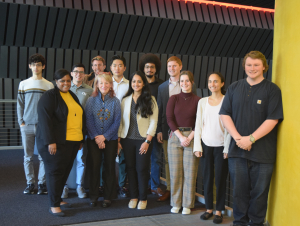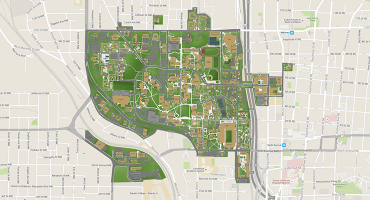To request a media interview, please reach out to experts using the faculty directories for each of our six schools, or contact Jess Hunt-Ralston, College of Sciences communications director. A list of faculty experts is also available to journalists upon request.
News Center
Experts In The News
A chemical plant fire near Atlanta last fall released a toxic plume that disrupted the lives of nearby residents. Many still experience health problems and don't know what was released in the plume.
Researchers like Greg Huey, professor in the School of Earth and Atmospheric Sciences, say early tests found other chemicals in addition to chlorine in the plume. They found irritants like bromine and isocyanic acid that can cause symptoms like coughing and wheezing. His team is analyzing more air quality data and expects to share the findings in the coming weeks.
“This might help people know what they're exposed to in this incident. But more importantly, if ever something like this happens again, we might have better ideas what to look for,” Huey explains.
NPR January 29, 2025Wildfires are becoming a bigger focus for scientists that study air pollution, said Nga Lee (Sally) Ng, professor in the School of Earth and Atmospheric Sciences. Ng is also the principal investigator of ASCENT, a new federally funded, national monitoring network that began last year to measure a wide range of air pollutants in real time. The readings from the Los Angeles area fires were captured at the network’s monitoring station in Pico Rivera, several miles from the active fires.
The New York Times January 20, 2025











